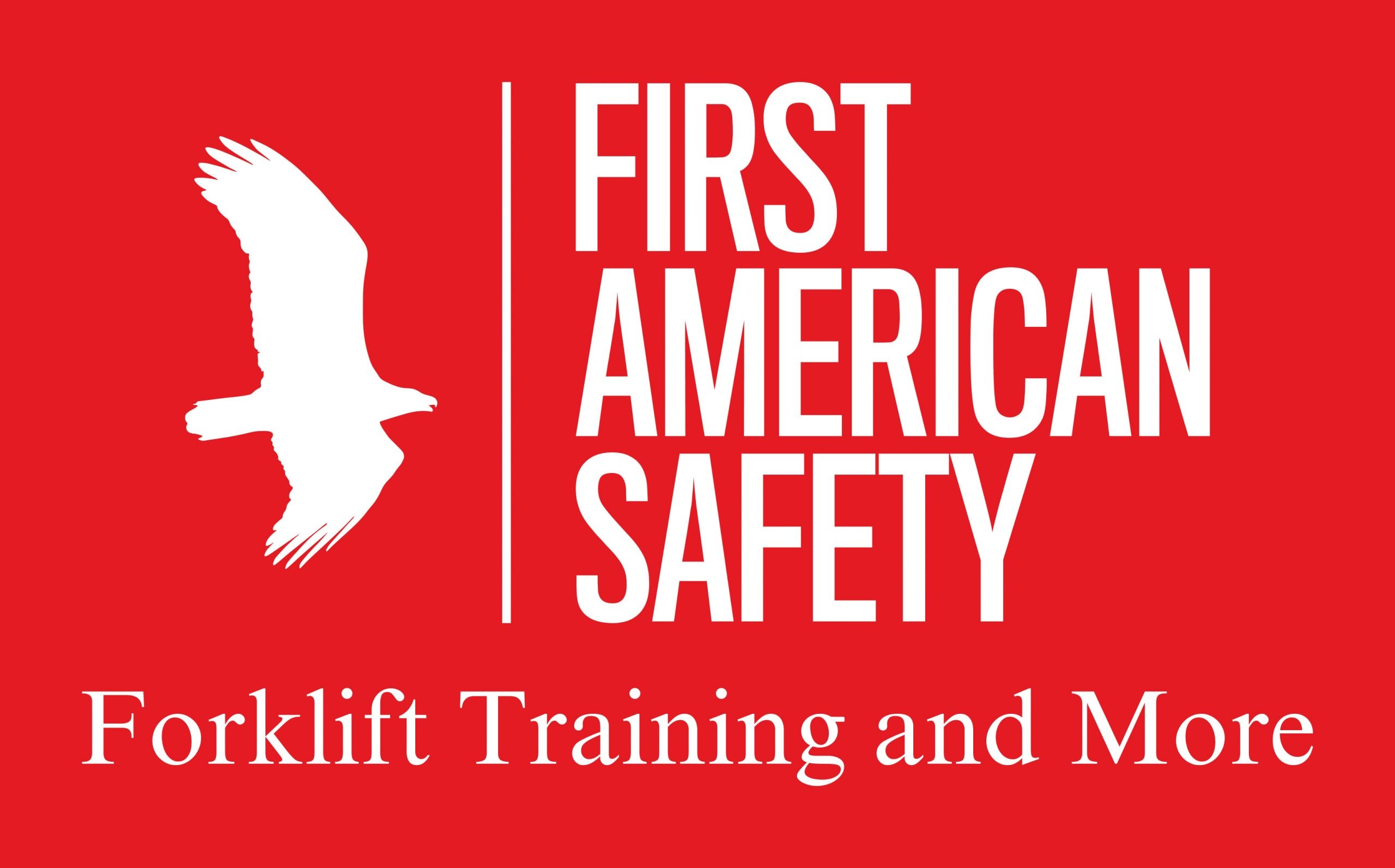Need some free safety meeting topics?
Dangers of Confined Spaces
Dangers of Confined Spaces Free Tailgate Safety Meeting Topic
-
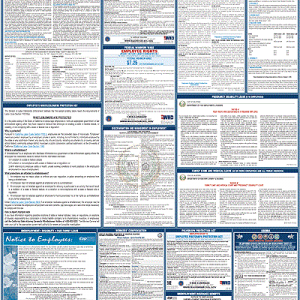 2025 Labor Law Poster State and Federal Combo$33.99
2025 Labor Law Poster State and Federal Combo$33.99 -
Product on sale
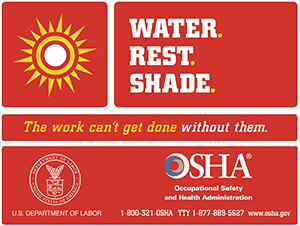 Heat Illness Prevention PlanOriginal price was: $39.99.$29.99Current price is: $29.99.
Heat Illness Prevention PlanOriginal price was: $39.99.$29.99Current price is: $29.99. -
Product on sale
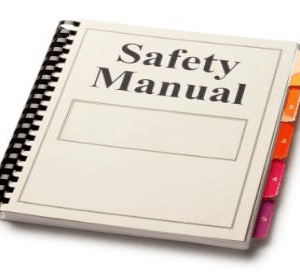 Injury/Illness Prevention Program (IIPP)Original price was: $49.99.$39.99Current price is: $39.99.
Injury/Illness Prevention Program (IIPP)Original price was: $49.99.$39.99Current price is: $39.99.
Confined spaces are common in many industries, including construction, manufacturing, and agriculture. They can be found in tanks, vessels, pipelines, and other enclosed spaces that are not designed for continuous occupancy. Working in these places can be extremely dangerous, and workers need to be aware of the hazards and take appropriate precautions to prevent accidents and injuries. In this article, we will discuss the dangers of confined spaces and what steps workers can take to stay safe.
One of the most significant dangers of this type of work is the risk of asphyxiation. Confined spaces can contain hazardous gases, such as carbon monoxide, hydrogen sulfide, and methane. These gases can be deadly, even in small concentrations. Workers who are exposed to these gases may experience dizziness, headaches, or loss of consciousness, which can lead to falls, injuries, or suffocation. Ventilating the space is necessary in most entry situations.
Another danger is the risk of getting trapped or engulfed. Confined spaces can have limited entry and exit points, which can make it difficult for workers to escape in an emergency. Additionally, confined spaces can contain materials that can flow, such as liquids or grains. If a worker becomes trapped or engulfed in a confined space, it can be difficult to rescue them, and the consequences can be severe.
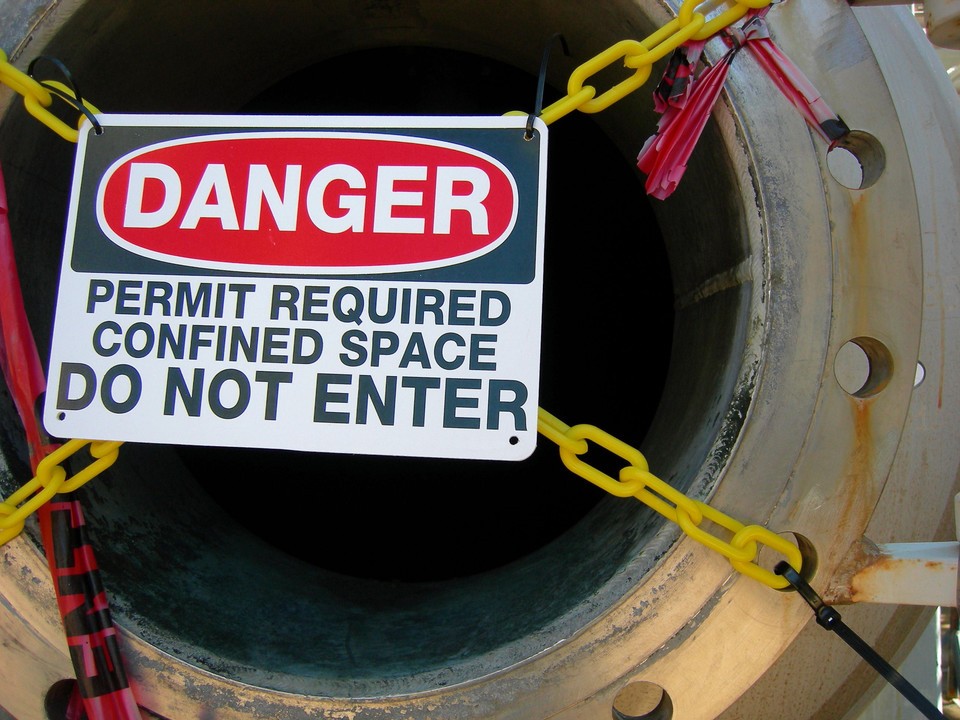
To stay safe when working in confined spaces, workers need to follow some important safety guidelines. First, workers should always obtain a permit before entering. A permit ensures that the space has been properly tested for hazardous gases and that safety precautions have been taken before entry.
Secondly, workers should always use appropriate personal protective equipment (PPE) when working in confined spaces. This includes hard hats, safety harnesses, and lifelines. Workers should also ensure that their PPE is properly fitted and in good condition before entering a confined space. A winch cable should be attached to all workers in the space so that non-entry rescue can be performed in an emergency.
Thirdly, workers should never enter alone. There should always be a designated attendant outside the confined space who can monitor the worker and provide assistance in an emergency.
Finally, workers should receive proper training on the hazards of working in confined spaces and the proper procedures for entering and exiting a confined space safely. This training should cover the use of equipment, communication procedures, and emergency response protocols.
In conclusion, working in confined spaces can be extremely dangerous. Workers need to be aware of the hazards and take appropriate precautions to prevent accidents and injuries. By following proper safety guidelines and receiving proper training, workers can stay safe when performing entry operations. It is essential to make confined space safety a priority in the workplace and to ensure that all workers are aware of the risks and how to prevent them.
See our confined space safety poster for more information.
Find out more about permit-required confined space entry procedures from OSHA’s website.
